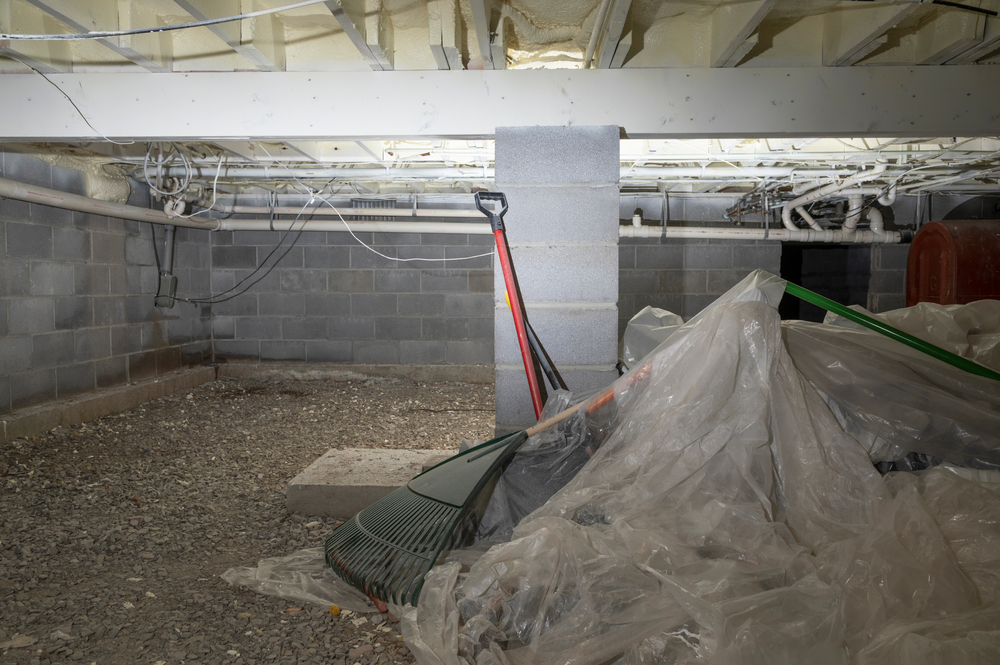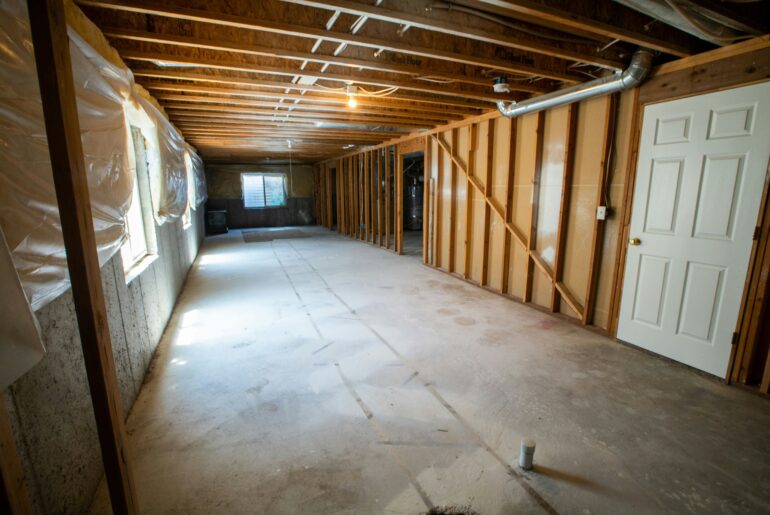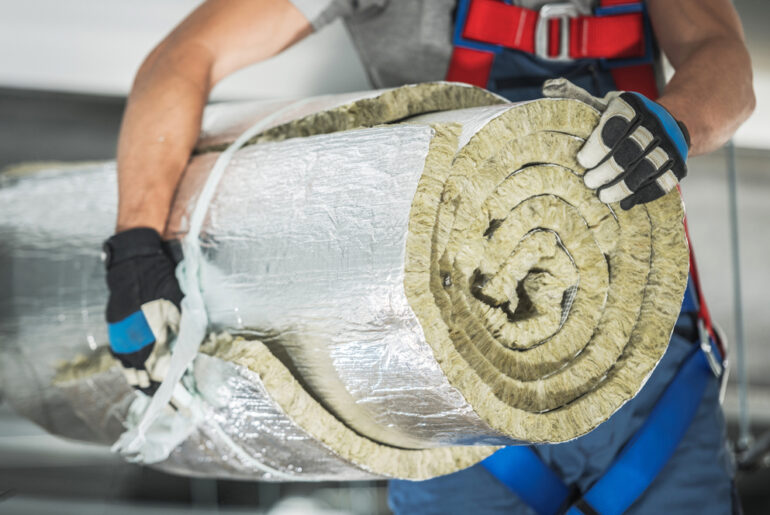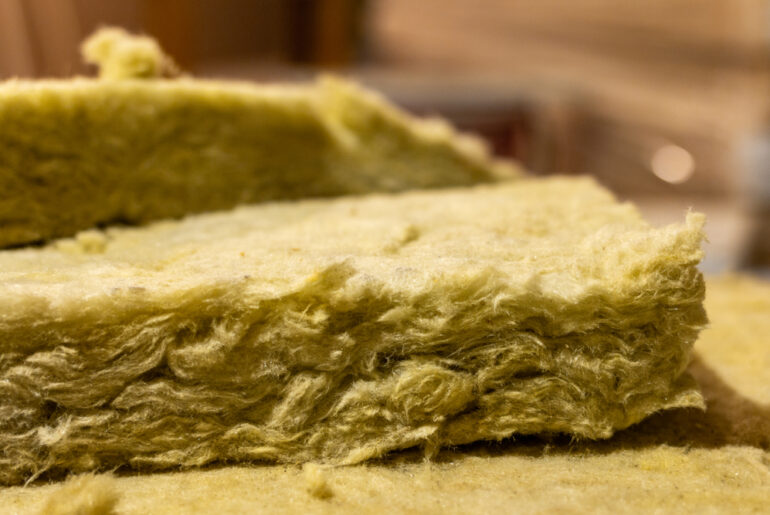Much like any other material, insulation decays over time. Your home may have any of the many available types of insulation, all of which can decompose at different rates- so how often does your crawl space insulation need replacing?
In ideal conditions, insulation can last over 40 years; however, in most situations, fiberglass insulation needs replacement every 15-20 years. In notably humid environments, you may need to replace your crawl space insulation every 10 years.
Why is there so much variation in how often you should replace crawl insulation? Is there a pressing need to replace your insulation, or can your home thrive with older insulation?
To learn all of this and more, read onwards- knowing proper insulation information can save you money and make your life more comfortable in the long run.
Why Should You Replace Crawl Space Insulation?
As your home’s insulation breaks down, you will notice an increase in maintenance costs and a decrease in your quality of life. Some side effects of old insulation can even cause severe illness in residents of the home.
Here are some of the reasons why you should replace your crawl space insulation. If you have noticed any of these affecting your home, you may want to replace your insulation as soon as possible.
Mold And Mildew
If you do not keep your crawl space watertight, increased levels of humidity and water can foster an environment for mold, bacteria, fungus, and mildew.
Aside from further deteriorating your insulation, these growths can extend into other portions of your home. Breathing in mold and mildew is dangerous to humans, which is a significant reason why changing out your insulation is vital.
Keep Your Energy Bills Down
Damaged insulation is inefficient insulation; when your insulation ages or takes on damage, it will be less effective at regulating your home’s temperature.
With a poorly-regulated temperature, your AC unit or radiator will have a challenging time keeping your home stable; they will use more power, hence raising your energy bills.
Inconsistent Indoor Temperatures
Aside from raising the cost of your energy bill, inconsistent temperatures can be an issue all to themselves. When your home’s temperature is in flux, your body may have difficulty adapting to the changes; asthmatic residents may also notice an increase in asthma attacks.
Temperature changes can affect people as much as pets; many smaller pets, such as fish or lizards, may face negative effects such as sluggishness or stress when faced with an unregulated temperature.
How Long Does Insulation In The Crawl Space Typically Last?
There are many different types of insulation available for your home’s crawl space; depending on which you have, your insulation’s lifespan may vary from your neighbor’s insulation.
Here is just how long the insulation in your crawl space will last:
- Fiberglass batt insulation can last anywhere from 15 to 20 years in average conditions, though significantly longer in drier areas. Between 15 to 20 years, fiberglass will begin falling off the batt, potentially causing lung irritation if inhaled and ruining the insulation’s efficiency.
- Blown-in fiberglass insulation will last 15 years. While blown-in insulation may be more versatile than its batt counterpart, it falls victim to many of the same pitfalls.
- Spray foam insulation can last for over 80 years due to its polyurethane composition. However, it can be far more expensive than fiberglass insulation.
- Cellulose insulation can last between 20 and 30 years. As cellulose is a natural material, it will degrade over time, regardless of outside factors.
What Affects Its Lifespan?
The same few aspects will factor into how much time you get out of your insulation beyond a simple factory-intended lifespan.
The most significant factors include water damage from piping or roof leaks and debris accumulation. If your crawl space is not properly sealed, water or dirt can enter the space and damage your insulation.
When Should You Replace Crawl Space Insulation?
You don’t need to wait for illness or high costs to strike before replacing your insulation- here are several signs which you can use to gauge just when you may need new insulation, depending on what type of insulation you have.
Fiberglass
If a moldy smell has settled into your home and you can’t find the source, it may be time to replace your fiberglass insulation, whether blown-in or batt.
The smell of mold is the most blatant sign of its presence and is the best indicator that something needs to be changed or cleaned; damp insulation is a favored habitat of mold, as well.
If your allergies have been acting up out-of-season, or you have noticed an itch with no rash or markings, you should check your insulation- it may need replacement.
Fiberglass insulation is also a potential home for insects such as ants and termites, who will feed on and nest in deteriorating insulation. If you find your home has a high insect population, check your insulation!
Spray foam
Spray foam may be the gold standard for insulation, but when applied incorrectly, it faces many of the same issues as fiberglass insulation.
Spray foam may not make a great home for insects, but improperly-applied spray foam insulation can conduct mold and inconsistent temperatures just as well as fiberglass.
Should You Replace Crawl Insulation After a Certain Time?
For most forms of insulation, time is not a factor- at least, not a significant one.
Most forms of insulation can withstand the forces of time if other conditions are optimal; for example, in a watertight and dry crawl space, fiberglass insulation can far surpass its 20-year lifespan and last indefinitely.
However, other forms of insulation are made of natural materials and will decay over time. For example, cellulose insulation must be replaced every 80 years because it will decompose.
How Do You Replace Insulation In A Crawl Space
If you want to safely replace the insulation in your crawl space, hiring a contractor is your best bet. In many areas, insulation contractors are licensed professionals and know how to install your insulation without causing potential damage or health issues.
However, some people prefer a DIY stance. If you want to replace crawl space insulation yourself, here is a quick overview of what you need to do:
- Wear the proper protective equipment- a respirator, goggles, and gloves will do.
- Drain any water from your crawl space.
- Seal the crawl space by covering any vents and sealing any cracks.
- Completely remove the existing insulation.
- Pick your preferred insulation. If using boards or batts, measure and cut to size.
- Apply insulation as needed- use waterproof tape and wire supports for batts, or spray in your fiberglass.





